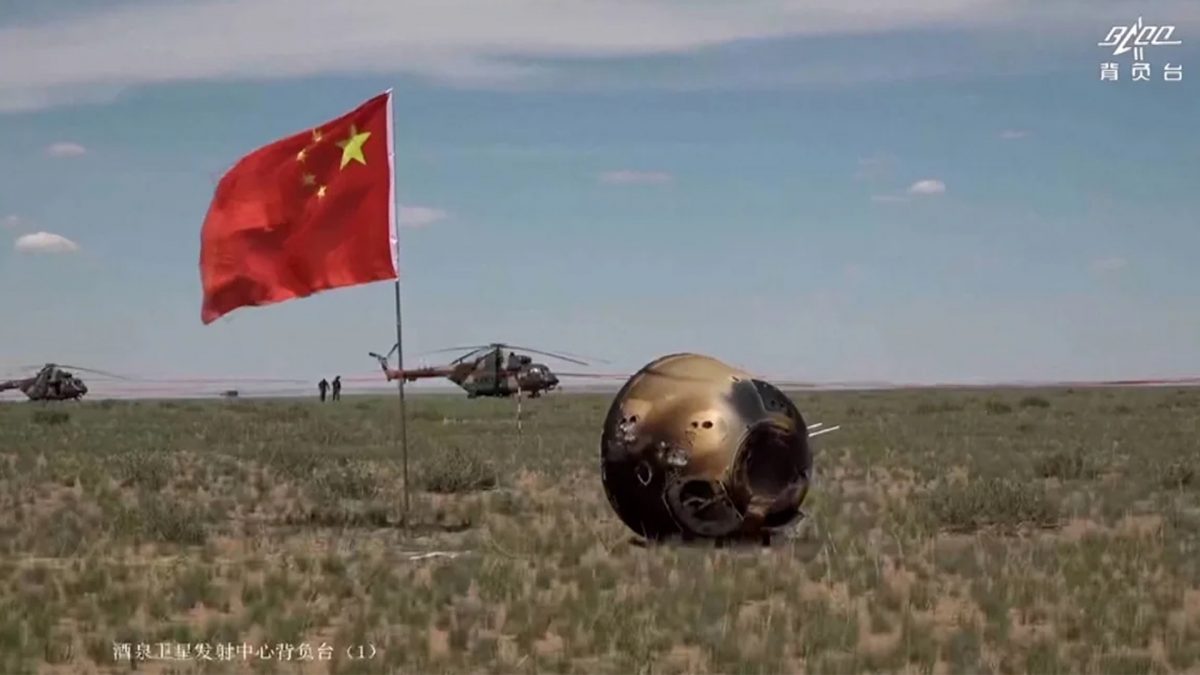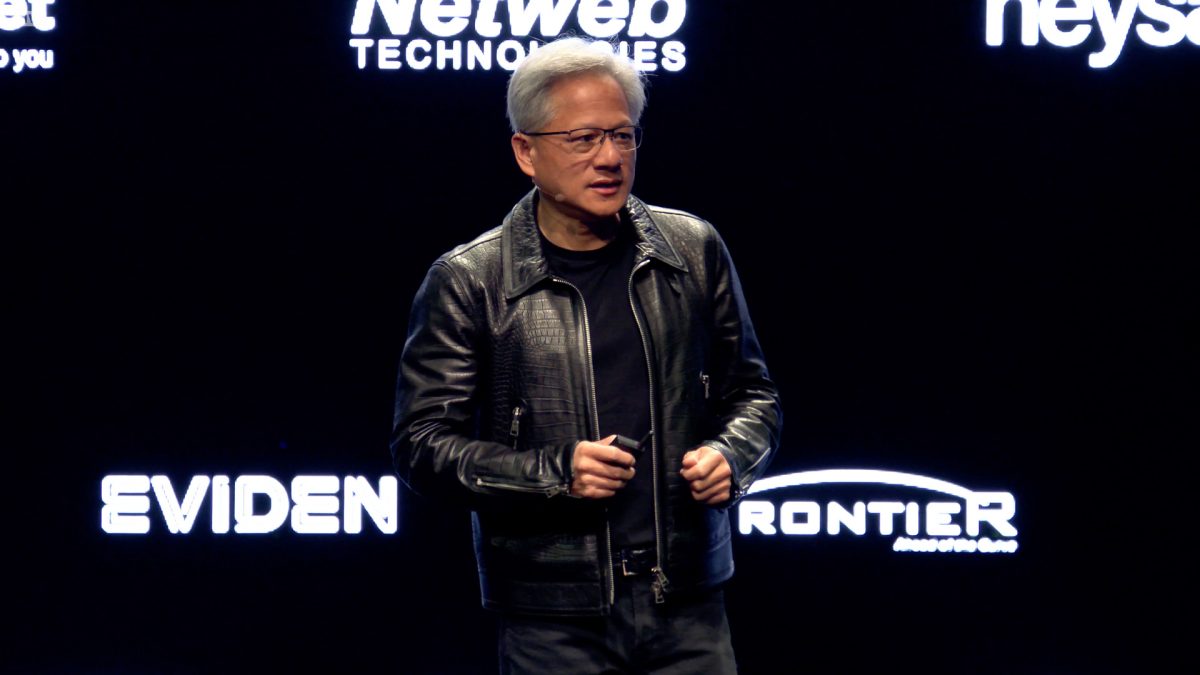The Chang’e 6fi lunar mission is the first time any country has collected and returned samples from the moon’s dark side. Previous missions by the United States and the Soviet Union focused on the near side, which is always visible from Earth read more
)
The Change'e 6 lunar probe after it crashed back to earth. Image Credit: Screen grab of video from China Central Television.
China’s Chang’e 6 lunar probe has made history by returning to Earth with rock and soil samples from the far side of the moon, a region that has remained largely unexplored until now. The probe successfully landed in the Inner Mongolian region of northern China on Tuesday afternoon, marking a significant milestone in space exploration.
This mission represents the first time any country has collected and returned samples from the moon’s far side. Previous missions by the United States and the Soviet Union focused on the near side, which is always visible from Earth. The far side, in contrast, faces away from our planet and features a rugged landscape with mountains and impact craters, unlike the relatively flat plains of the near side.
Scientific significance of the samples
Chinese scientists at China National Space Administration are eagerly anticipating the analysis of the returned samples, which are expected to include 2.5 million-year-old volcanic rock and other materials. These samples could provide crucial insights into the geological differences between the moon’s near and far sides.
Zongyu Yue, a geologist at the Chinese Academy of Sciences, highlighted the scientific potential of these samples in a statement published in the journal Innovation Monday. “The samples are expected to answer one of the most fundamental scientific questions in lunar science research: what geologic activity is responsible for the differences between the two sides?” Yue said.
The mission to the dark side of the moon
The Chang’e 6 probe was launched on May 3 and spent 53 days travelling to the moon and back. During its mission, the probe drilled into the lunar surface and collected core samples, providing a deeper understanding of the moon’s composition. This mission not only demonstrates China’s growing capabilities in space exploration but also underscores the country’s commitment to advancing lunar science.
Over the past decade, China has invested heavily in its space program, aiming to catch up with the United States and Russia. The successful Chang’e 6 mission is a testament to these efforts. Beijing has set its sights on sending a crewed mission to the moon by 2030 and eventually establishing a base on the lunar south pole.
The New Space Race
The United States also has ambitious plans for lunar exploration. NASA’s Artemis 3 mission aims to return astronauts to the moon by 2026. Analysts believe that the next phase of the space race will go beyond simply landing on the moon. It will focus on the ability to stake claims and control lunar resources, which could have significant strategic and economic implications.
The successful return of samples from the moon’s far side by China’s Chang’e 6 probe marks a significant achievement in space exploration. It opens up new avenues for scientific research and sets the stage for future missions that could further our understanding of the moon and its potential resources.
As the competition in space exploration intensifies, the focus will likely shift towards sustainable and strategic goals, such as resource utilization and long-term human presence on the moon. China’s successful mission demonstrates its readiness to be a key player in this new era of space exploration.
(With inputs from agencies)

 4 months ago
121
4 months ago
121
)
)
)
)
)
)
)
)
)
)
)
)
)
)
)
)
)
)
)
)
)
)
)
)
)
 English (US) ·
English (US) ·